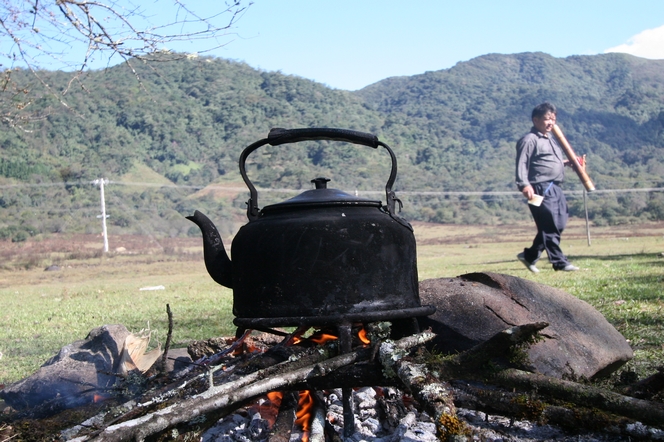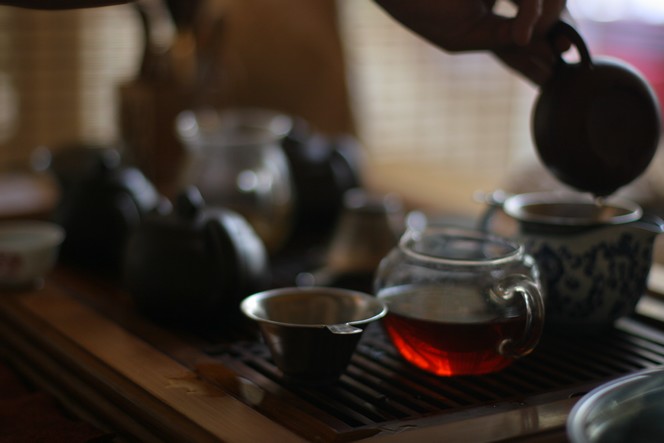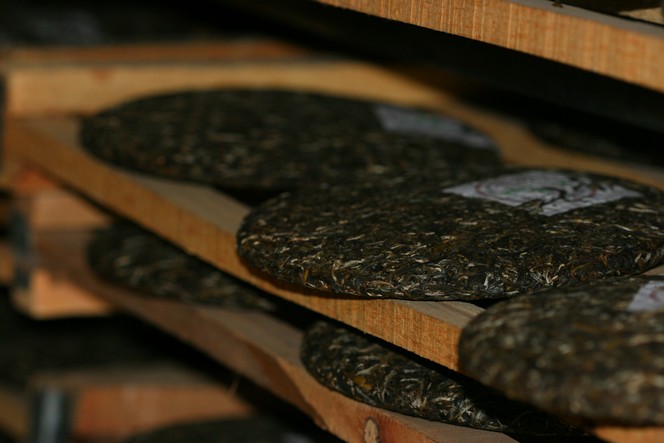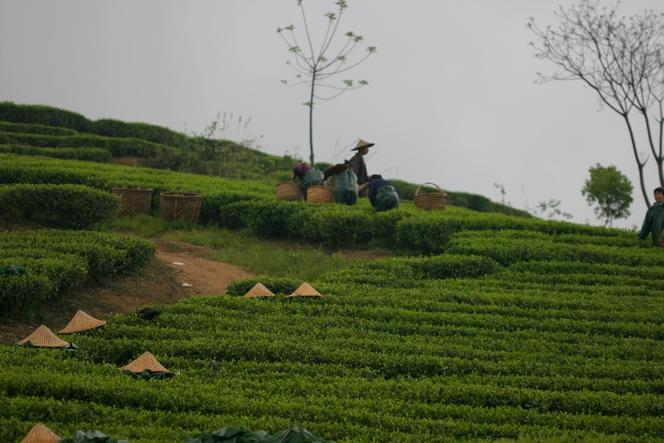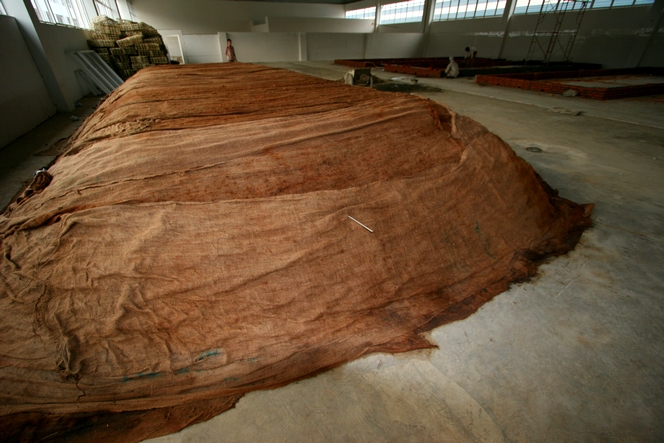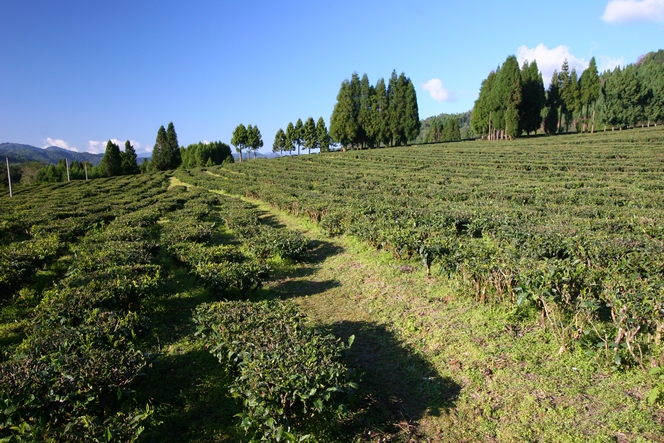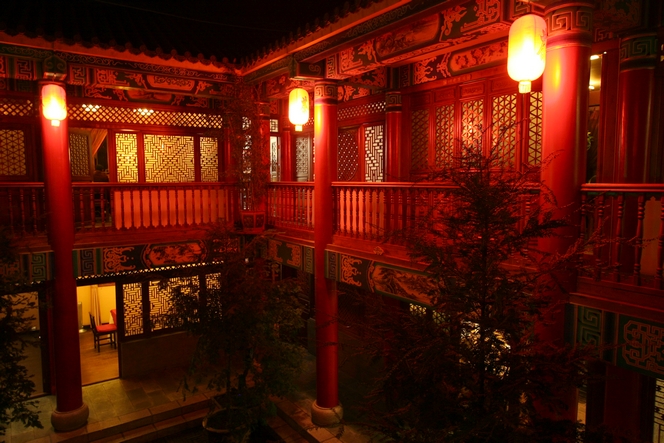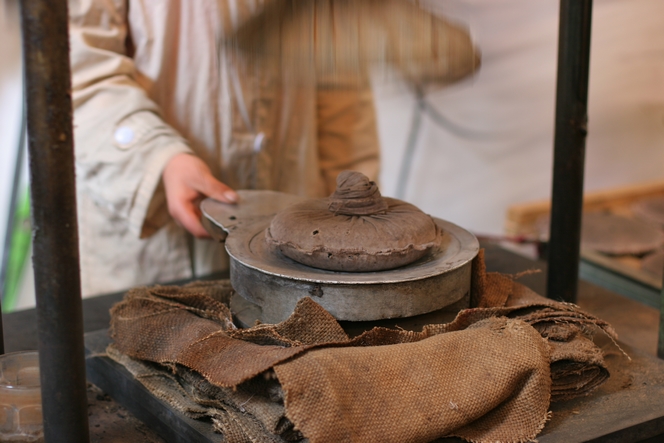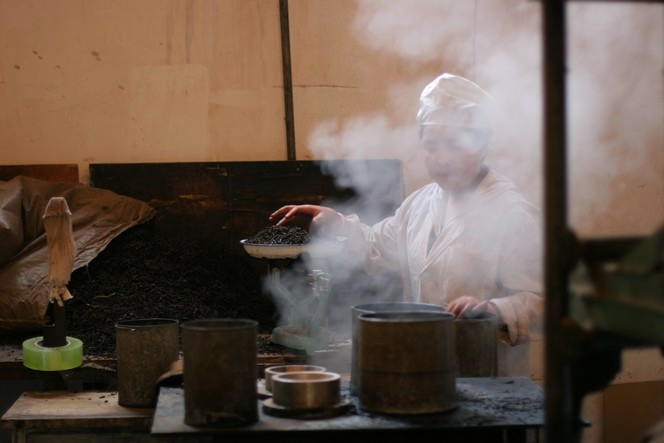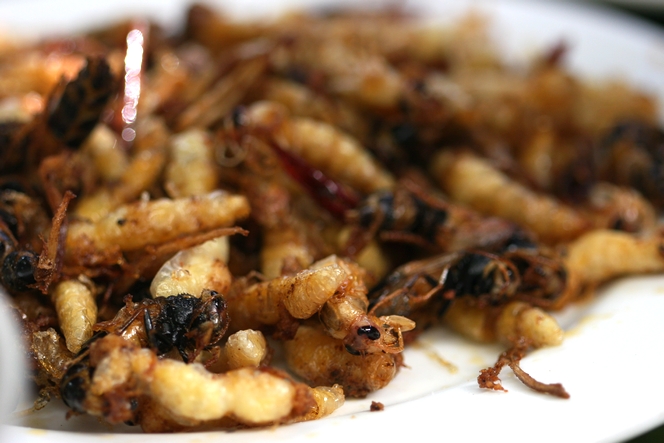Part of the experience of travelling is escaping from your usual routines. What a joy to be able to discover the habits and customs of our fellow men! Here is one such example…
While stopping off in Lisu (China) I was honoured to be invited to lunch at a little riverside restaurant, a short distance from the main road on which we were travelling. There, in the peaceful surroundings with only the gurgling of the stream and the enthusiastic trilling of a couple of mynah birds to distract me, I waited to see what my hosts had ordered.
For those who one day might travel to this part of our beautiful planet, I feel a bit guilty for spoiling the inevitable surprise and pleasure of discovering a dish so little known in our own country, despite its wealth of gastronomic curiosities. But given that hornets – for this was the local delicacy in question – are so common in the south of France, it seems a shame to deprive our friends in Provence of a recipe that is so easy to prepare and would not fail to impress their guests. And as we approach the end-of-year festivities, which are always upon us sooner than expected, are we not looking for a more unusual festive dish to make a nice change from turkey or capon?
Here’s an extract from my tasting notes: “A particularly intense contrast between the head of the insect (one of which is at least 10 cm long) and its abdomen. The head, grilled to perfection, is crunchy in the mouth, while the creamy substance that escapes from its abdomen lines the palate, coating the tongue in a thick, generous matter that slowly develops lingering aromas…”
Accompaniment suggestion: I think a “Bourgeons de Yunnan” tea would suit perfectly with our dish.

